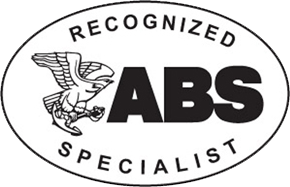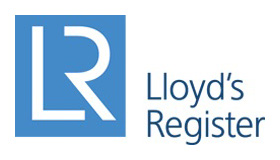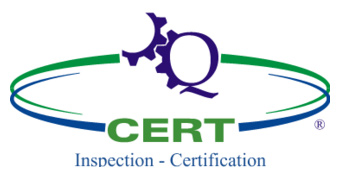
20% of your machinery will consume the 80% of your maintenance resources due to hidden operating problems. Condition Monitoring goal is to promptly identify these machinery and their problems.
In 1906, Italian economist Vilfredo Pareto created a mathematical formula to describe the unequal distribution of wealth in his country, observing that 20% of the people owned 80% of the wealth.
After Pareto made his observation and created his formula, many others observed similar phenomena in their own areas of expertise. The 80/20 Rule means that in anything a few (20 percent) are vital and many (80 percent) are trivial. Project Managers know that 20% of the work consumes 80% of your time and resources. You can apply the 80/20 Rule to almost anything, from the science of management to the physical world, i.e 80% of your sales revenue comes from 20% of your customers.
The same principle seems to be applied in maintenance, that “80% of your problems come from 20% of your assets.”
At FNT at Sea Services Ltd a study was conducted based on 805 machinery (such as, pumps, fans, blowers, motors, compressors, etc.) from 25 ships (mainly crude oil tankers) of various shipping companies which were enrolled a Condition Monitoring program with Vibration Analysis. Machinery selection was performed by shipping companies’ technical department based on their criticality to ship operation. The study shows that:
- At 177 machinery, which is the 21.9% of the 805 enrolled, various operating problems such as, unbalancing, misalignment, defect bearing etc were identified.
- Based on a detail analysis of recorded vibration spectrums and waveforms, it was found that 40 machinery out of the above, which is the 22.6% of the 177 machinery, had serious malfunctions and their condition was rated as Unacceptable. Based on ISO 10816, machines rated unacceptable are normally considered to have a severe problem and generally the machine should not operate until inspection or remedy action performed.
If we simplify all the above, we recognize the pattern of Pareto principle. If we analyze it a little bit further we understand that:
The 20% of the assets which are identified with operating problems are those that will determine at least the 80% of the near future maintenance needs. And from these assets, if no repair action is taken immediately, the 20% will most probably absorb the 80% of resources since we are dealing with critical machinery with serious problems and their repair after the damage will require immediate and “cost demanding” actions.
That’s the goal of successful Condition Monitoring Program:

to identify promptly the 20% of machinery with operating problems and from that to recognize accurately the 20% which requires immediate repair actions.






